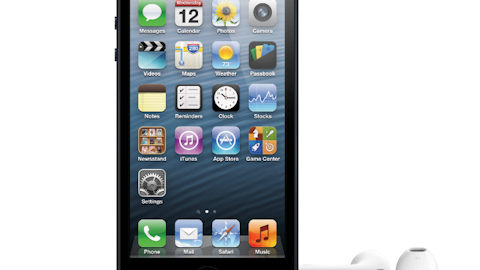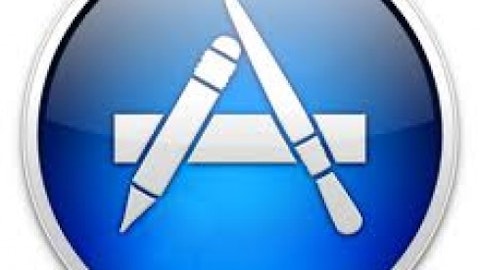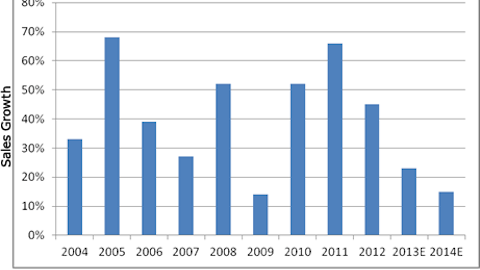Last week, we discussed a report on Apple Inc. (NASDAQ:AAPL) from Kantar Worldpanel ComTech that found some surprising market share figures (see our entire analysis). Specifically, Kantar reported that for the 12-week period ending November 25th, Apple held a whopping 53.3% of the U.S. smartphone market, and “further gains [are] expected to be made during December.”
Many readers’ first reaction is to hail the iPhone 5 as the obvious reason for this impressive market share statistic, which Kantar says helped Apple surpass “the 50% share mark for the first time.” It’s worth pointing out, though, that there’s actually a massive differential in smartphone market share estimates between Kantar and the more widely accepted comScore.
In its latest report, which covers the entire month of October, comScore estimates that Apple Inc. (NASDAQ:AAPL) holds 34.3% of the smartphone market when it’s categorized by platform, behind Google Inc (NASDAQ:GOOG)‘s Android at 53.6%. In terms of original equipment manufacturers (OEMs), Apple “ranked second for the first time on record” with 17.8% of the market, behind Samsung, which held 26.3% of that market.
In Kantar’s analysis, the data is categorized by operating system, which is similar to comScore’s platform-based figures.
Looking at the Apple numbers another way, there’s a 19 percentage point differential between the analyses of comScore and Kantar, with the latter being decidedly more Cupertino-friendly. While comScore’s estimates show the Android OS in first place with over 50% of the U.S. smartphone market, Kantar shows Android with only 41.9% of the market.
Interestingly, Kantar’s marketshare statistics at this time last year were far closer to those of comScore, with estimates that Apple Inc. (NASDAQ:AAPL) held a 35.8% share, while Android’s share was 52.8%.
So what could possibly be the reason for this differential?
Well, for starters, Kantar’s latest data includes the first 25 days of November, which comScore’s does not, but a double-digit shift in marketshare over three week’s time is still difficult to grasp.
More likely, the data compilation methods used by comScore’s MobiLens division vary from those used by Kantar’s ComTech division. The former describes its research process as reliant on “continuous survey methodology” via various household and individual panels, while comScore employs a data-driven process, “by connecting data on mobile consumer demographics and behavior with device capabilities.”
While there’s obviously different schools of thought on how to best measure mobile market share, it’s curious that we’re seeing such a differential between Kantar and comScore’s estimates. We’ll be waiting for comScore’s November data to see if Apple Inc. (NASDAQ:AAPL) was able to make a jump from October’s figures, but those hoping for a spike above 50% may have to focus on Kantar’s data for now.
Let us know your thoughts in the comments section below, and to continue reading about Apple, check out some recent coverage below:






